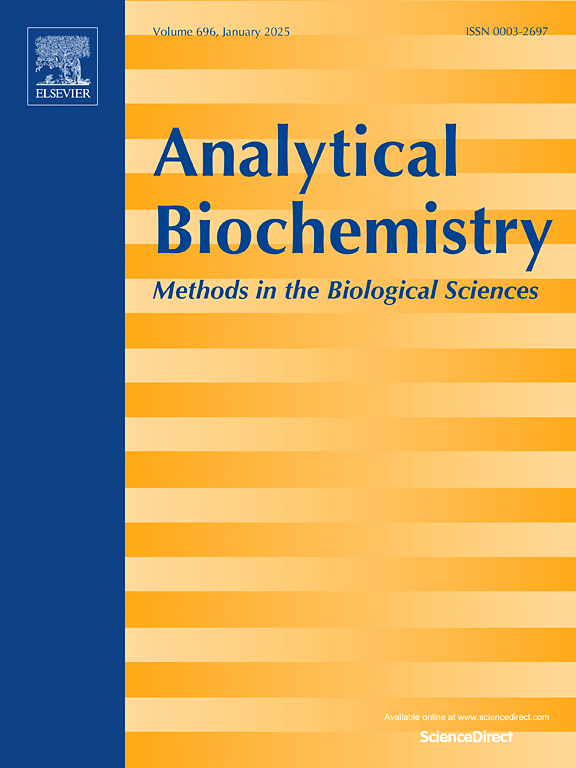诺如病毒检测技术:从传统方法到创新生物传感器。
IF 2.6
4区 生物学
Q2 BIOCHEMICAL RESEARCH METHODS
引用次数: 0
摘要
诺如病毒(NoV)以其高传染率而闻名,是急性胃肠炎的主要原因。由于存在明显的抗原变异、缺乏合适的模型、疫苗保护持续时间未知、人体挑战研究有限、性能模式复杂以及缺乏可靠的体外培养系统,使得预防、早期发现和控制成为减轻疫情的唯一有效措施,因此阻碍了NoV疫苗的开发。这篇综述的目的是讨论几种诺如病毒生物传感器的护理点分析。一些创新的生物传感器已经被开发出来,包括电化学NoV生物传感器、比色NoV生物传感器、荧光NoV生物传感器、基于crispr的NoV生物传感器和其他NoV生物传感器。这些方法在生物样品中检测诺如病毒具有很高的灵敏度和特异性。这种生物传感技术不仅在提高诊断过程的速度和准确性方面,而且在加强对诺如病毒感染的全球反应方面具有重大前景,从而强调了其在公共卫生和疾病预防方面的关键作用。本文章由计算机程序翻译,如有差异,请以英文原文为准。

Norovirus detection technologies: From conventional methods to innovative biosensors
The norovirus (NoV), known for its high contagion rate, is the leading cause of acute gastroenteritis. The development of a NoV vaccine is hindered by significant antigenic variation, lack of suitable models, unknown vaccine protection duration, limited human challenge studies, complex performance patterns, and the absence of a reliable in vitro cultivation system, making prevention, early detection, and control the only effective measures to mitigate outbreaks. This review aims to discuss about several norovirus biosensor for point-of-care analysis. Several innovative biosensors have been developed, including techniques such as electrochemical NoV biosensors, colorimetric NoV biosensors, fluorescence NoV biosensors, CRISPR-based NoV biosensors, and other NoV biosensors. These approaches have detected norovirus in biological samples with high sensitivity and specificity. This biosensing technique holds significant promise, not only in improving the speed and accuracy of diagnostic processes but also in strengthening the global response to norovirus infections, thereby underscoring its pivotal role in public health and disease prevention.
求助全文
通过发布文献求助,成功后即可免费获取论文全文。
去求助
来源期刊

Analytical biochemistry
生物-分析化学
CiteScore
5.70
自引率
0.00%
发文量
283
审稿时长
44 days
期刊介绍:
The journal''s title Analytical Biochemistry: Methods in the Biological Sciences declares its broad scope: methods for the basic biological sciences that include biochemistry, molecular genetics, cell biology, proteomics, immunology, bioinformatics and wherever the frontiers of research take the field.
The emphasis is on methods from the strictly analytical to the more preparative that would include novel approaches to protein purification as well as improvements in cell and organ culture. The actual techniques are equally inclusive ranging from aptamers to zymology.
The journal has been particularly active in:
-Analytical techniques for biological molecules-
Aptamer selection and utilization-
Biosensors-
Chromatography-
Cloning, sequencing and mutagenesis-
Electrochemical methods-
Electrophoresis-
Enzyme characterization methods-
Immunological approaches-
Mass spectrometry of proteins and nucleic acids-
Metabolomics-
Nano level techniques-
Optical spectroscopy in all its forms.
The journal is reluctant to include most drug and strictly clinical studies as there are more suitable publication platforms for these types of papers.
 求助内容:
求助内容: 应助结果提醒方式:
应助结果提醒方式:


